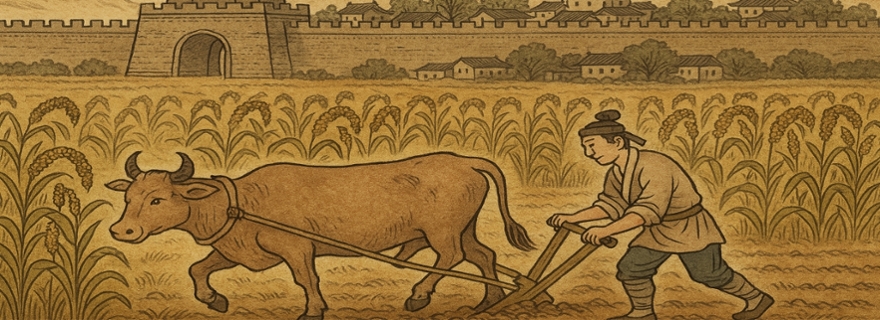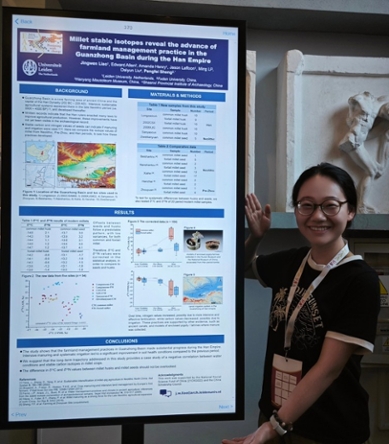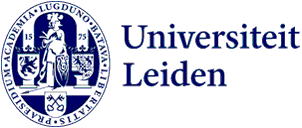
Millet isotopes reveal advanced agriculture in early imperial China
A new study reveals how ancient Chinese farmers managed soil fertility and water resources over thousands of years. By analyzing carbon and nitrogen stable isotopes in millet crops, the research provides long-term isotopic evidence of farmland management practices in the Guanzhong Basin—the political heartland of early imperial China.

The story of millets
Foxtail millet and common millet were domesticated in China around 10,000 years ago. For several millennia thereafter, they were the most important crops in northern China. 'Archaeologists already have a good understanding of millet’s dietary role in the Neolithic period,' says Jingwen Liao. 'Now we want to understand how millet farming practices evolved from prehistory into early historical times in response to climate fluctuations and soil nutrient depletion.'
'In densely populated capitals,' she adds, 'maintaining crop production was essential to keep the state running.'
Grain-filled pottery models from Han tombs
In the Han Dynasty (202 BC - AD 220), pottery model granaries filled with real grains were commonly buried in tombs. These provide ideal materials for agricultural research. 'Since they were sealed in a known context, we don’t need to worry about dating,' Jingwen notes.
This study obtained 104 carbon and nitrogen isotope values from millet crops—the largest such dataset for ancient crops from the Late Neolithic to the Han Dynasty in China’s core regions. 'It allows us to trace long-term changes in land use.'
Collaboration
This study is part of Jingwen Liao’s PhD project at Leiden University, supervised by Professor Amanda Henry and Dr Jason Laffoon. It was supported by the China Scholarship Council, the National Social Science Fund of China, and the National Natural Science Foundation of China.
This work involved collaboration with several academic institutions, including Dr. Pengfei Sheng and Dr. Edward Allen from Fudan University, Ming Li from the Hanyang Mausoleum Museum, and Daiyun Liu from the Shaanxi Provincial Institute of Archaeology. Jingwen Liao is the first author; Professor Henry and Dr Sheng are corresponding authors.
Read more
The article was published in Open Access.
Read the full article on the website of CATENA.
